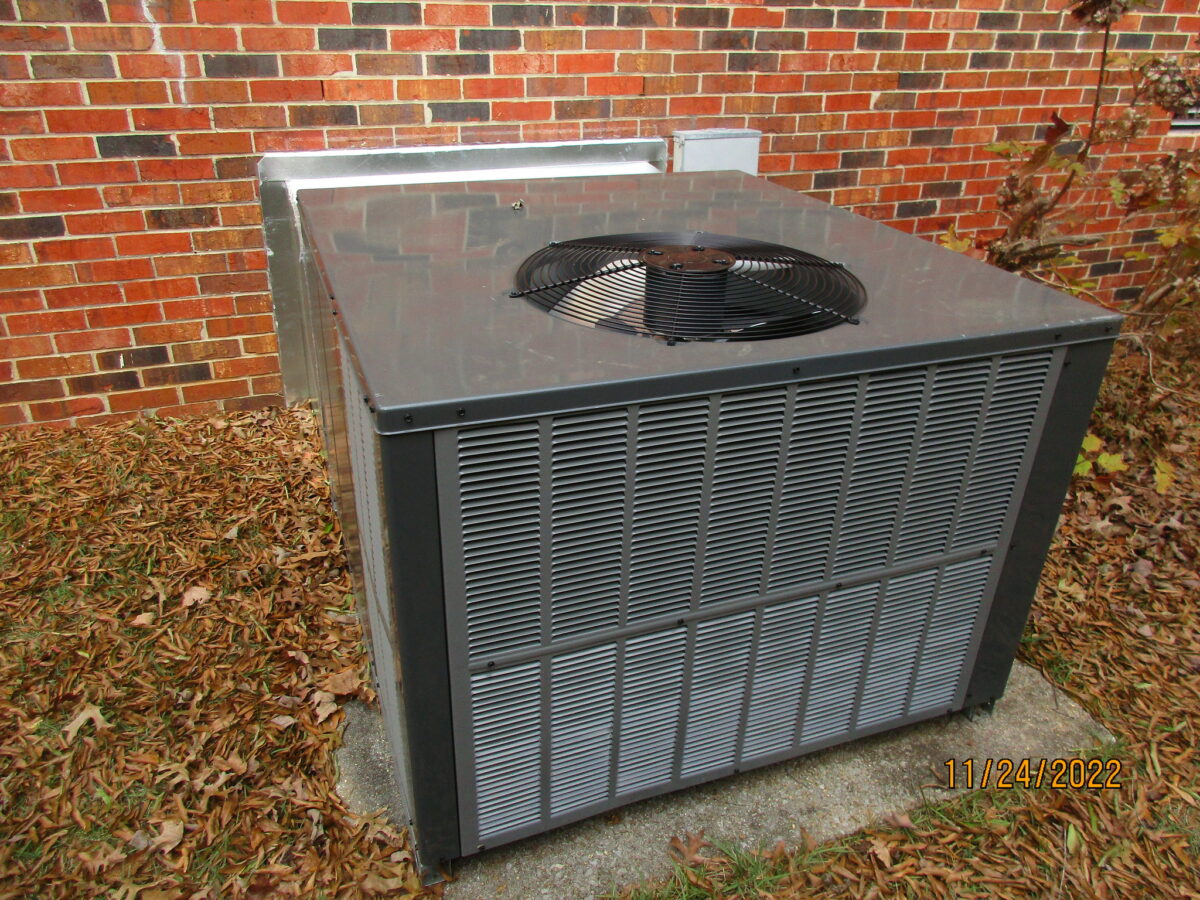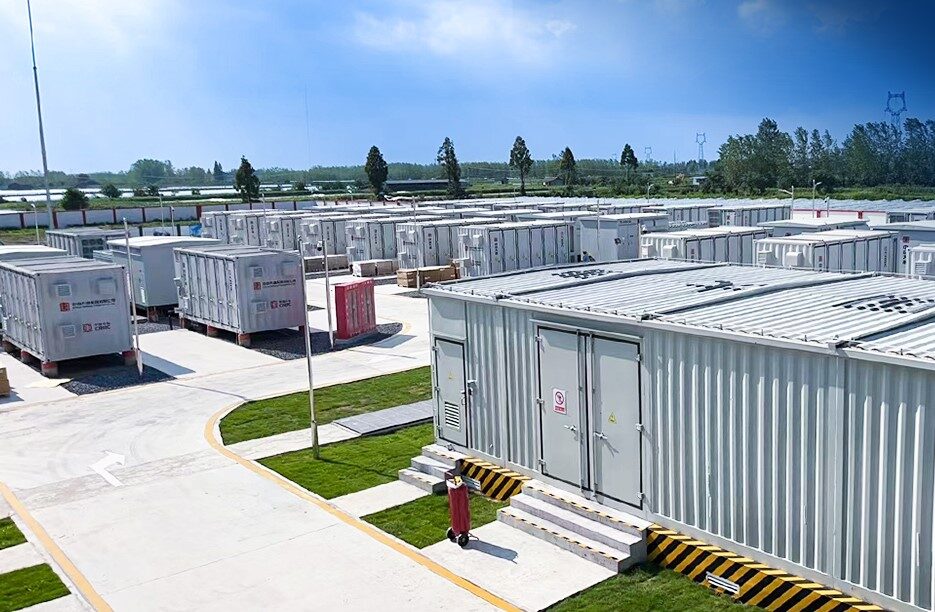Air-source heat pumps can maintain an average coefficient of performance (COP) of between 2 and 3 in various mild cold climates, scientists from the UK's Oxford University and NGO Regulatory Assistance Project have shown.
Their findings are based on data from seven different field studies and around 550 heat pumps. “This commentary finds that well below 0 C, heat pump efficiency is still significantly higher than fossil fuel and electric resistive heating systems at an appliance level,” the academics said.
Regarding the comfort of using heat pumps, one of the article's authors, Duncan Gibb, told pv magazine that “one of the studies we looked at, in the Northeastern United States, showed that 32 of the 42 owners of a cold-climate heat pump reported being ‘very satisfied' with their heat pump in the past year, 3 ‘satisfied,' and 7 ‘somewhat satisfied.'” He also added that “in a European-focused study, across 670 responses where a heat pump was newly installed, comfort improved in 81% of cases and decreased only in 1%.”
Mild cold climates are defined by the articles as those with average January temperatures above −10 C. For their research, the scientists aggregated field studies from places with such climates, including regions in Switzerland, Germany, the United Kingdom, the United States, Canada, and China.
“When the outside temperature was between 5 C and −10 C, the mean COP across all systems was 2.74 and the median was 2.62, sufficient to meet heating loads at much higher efficiency than fossil heating and electric resistance heat alternatives,” they emphasized. “As most European countries experience milder winters with minimum temperatures above −10 C, our analysis suggests that heat pumps can be successfully installed in these conditions without concerns over performance or the need for backup heating capacity.”
Scientists have also looked at what they defined as extreme cold climates, which are regions with average temperatures below −10 C in the coldest month. For that, they have aggregated data from studies done in the US states of Alaska and Minnesota, as well as commercial studies of Mitsubishi and Toshiba that took place in Finland.
“For climates that experience extremely cold temperatures, performance testing has shown that heat pumps can operate with a COP between 1.5 and 2. Performance data have shown that heat pumps can provide heat at efficiencies up to double that of resistive heating,” they added, emphasizing however that more analysis is required, especially regarding the need for a backup heating system.
“In more extreme climates, cold-climate heat pumps can provide full heating but tend to be much more expensive,” Gibb added. “It is also worth noting that ground-source heat pumps are a highly relevant technology for the coldest climates. In all cases, the heat pump must receive a high-quality design and installation and the building should have reasonable levels of insulation.”
The research's findings were presented in the paper “Coming in from the cold: Heat pump efficiency at low temperatures,” which was recently published in Joule.
This content is protected by copyright and may not be reused. If you want to cooperate with us and would like to reuse some of our content, please contact: editors@pv-magazine.com.



By submitting this form you agree to pv magazine using your data for the purposes of publishing your comment.
Your personal data will only be disclosed or otherwise transmitted to third parties for the purposes of spam filtering or if this is necessary for technical maintenance of the website. Any other transfer to third parties will not take place unless this is justified on the basis of applicable data protection regulations or if pv magazine is legally obliged to do so.
You may revoke this consent at any time with effect for the future, in which case your personal data will be deleted immediately. Otherwise, your data will be deleted if pv magazine has processed your request or the purpose of data storage is fulfilled.
Further information on data privacy can be found in our Data Protection Policy.